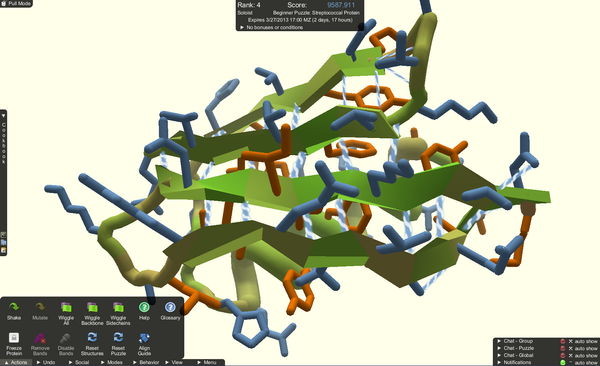Behind the scenes of London’s snowy adventure
Science Writer Rachel Ong explores the science behind the flurry of snow we got a couple of weeks ago.

With the weather seeming to be on the verge of spring, it seems hard to believe that just a couple of weeks ago London had experienced some of the most severe snow days in years. Air temperatures dropped to a 27-year low, and – much to everyone’s bother – signal failures and track problems disrupted the tube services citywide. If you ventured out that week wondering if you had walked through a portal to Siberia, you actually were not too far from the truth! It was a vortex of cold Siberian air – nicknamed the ‘Beast from the East’ – which caused temperatures in the UK to plummet so drastically. The stream of northern polar air, which originally lingered at a very chilly -50C, had unexpectedly changed its wintry path to the east, swooping over the UK instead!
This was due to what meteorologists refer to as a Sudden Stratospheric Warming, an unprecedented increase in the temperature of the Earth’s atmosphere between 10-50km above the surface. In this atmospheric region, jet streams of air currents travel round the world from west to east with a special polar night jet forming in winter months that is seen to encircle the area surrounding the Earth’s poles. Occasionally, changes in weather patterns or increases in pressure within the atmosphere of the Northern Hemisphere may disturb the westerly winds and disrupt the smooth flow of the polar night jets. The distortion of these polar jets could be powerful enough to reduce, and even reverse, the direction of the westerly winds. Additionally, the high-latitude stratospheric air starts to compress over the polar ice caps; during compression it can warm by up to 50C in just a few days. This results in newly redirected easterly winds which sink lower in the atmosphere, disrupting the polar vortex, causing the cold jet streams to flow further south than usual.
“It was a vortex of cold Siberian air –the ‘Beast from the East’ –which caused temperatures to plummet”
In February, this very phenomenon resulted in the biting-cold Siberian air streams swerving around the UK, bringing the unusual cold spell to London. The weakened westerly jet streams were not powerful enough to bring warm air from the Atlantic over to the UK. This resulted in a blanket of crisp white (and later grey and slushy) snow for a week!
Looking back to a couple of months ago, there was a similar occurrence, as a significant amount of snow over the city descended, the likes of which were unseen since 2012! But the big question is whether it is climate change that is causing these unprecedented weather patterns. Largely, climate change affects different regions in different ways, and this is a highly debatable topic amongst experts in the field. Scientists generally do concur, however, that human activity releasing greenhouse gases has definitely contributed to the global climate shifts. The direct results are complicated, but the especially low winter temperatures this year provide support for the argument of climate change.
In fact, many scientists think this is the precursor to more extreme and unpredictable weather for future years to come. What is worrying many climatologists is that there has recently been an extraordinarily intense heatwave in the Arctic, despite it experiencing no direct sunlight since October. Temperatures in the Arctic have been recorded as warmer than those in London, New York, and Paris at any one time! Furthermore, in January, the US National Snow and Ice Data Center (NSIDC) released news that the Arctic sea ice cover had shrunk to a “new record low” of 5.04 million square miles. This rate of sea ice depletion is currently the highest in at least 1,500 years, according to the US National Oceanic and Atmospheric Administration, which was published last December. Global climate systems are highly dependent and sensitive on each other, and such drastic changes in one part of the world will have huge implications on other regions.
“We have to realise the weather we experience now is just a physical ramification of many complex systems around the globe”
While we cannot be sure whether this is simply a shocking anomaly, or the start of a new weather trend, we have to realise that the weather patterns we experience now are just the physical ramifications of many complex systems operating at various locations around the globe, and are functions of many, many different factors.
But at least for us here in London, winter is now (hopefully) over! As we are all gearing up for the coming of spring, we do not have to suffocate under a mountain of fleeces, scarves, gloves, and hats anymore…right? Definitely! Despite yellow warnings for snow and ice still being issued across the UK amidst concerns of Storm Emma, these are mostly concentrated in northern England and Scotland. Thus, London seems to be off the hook in terms of slushy pavements and runny noses – at least for now.








